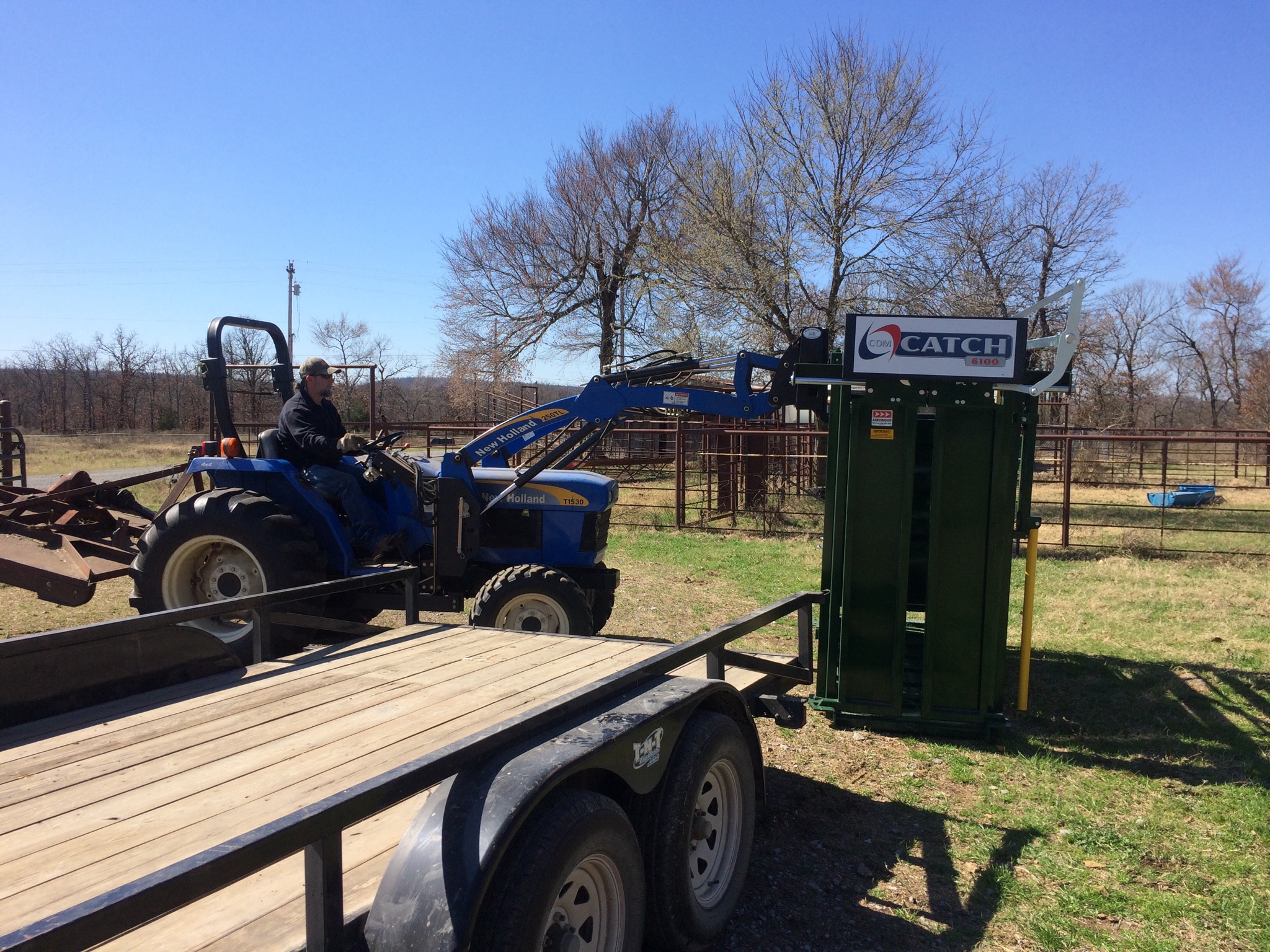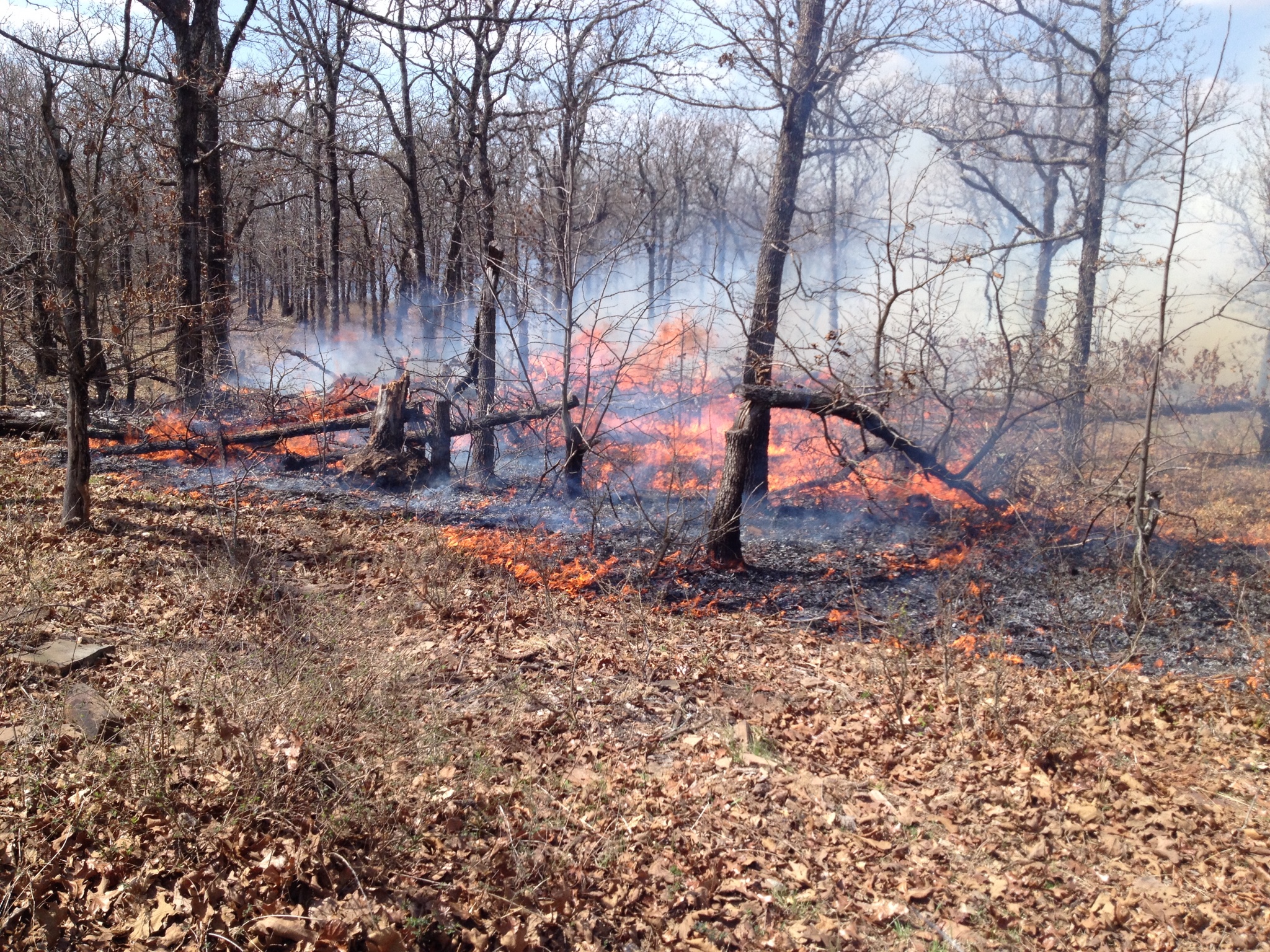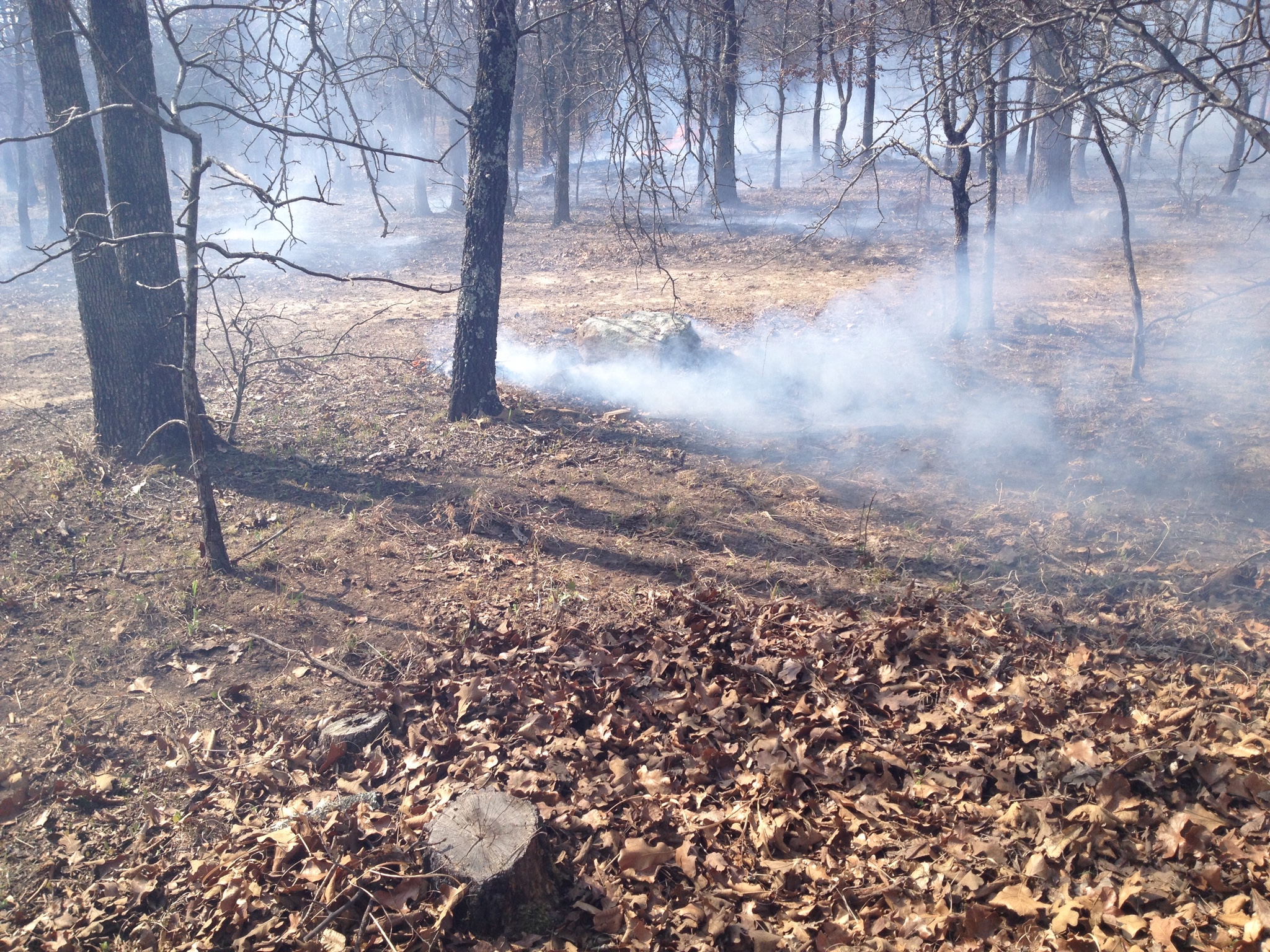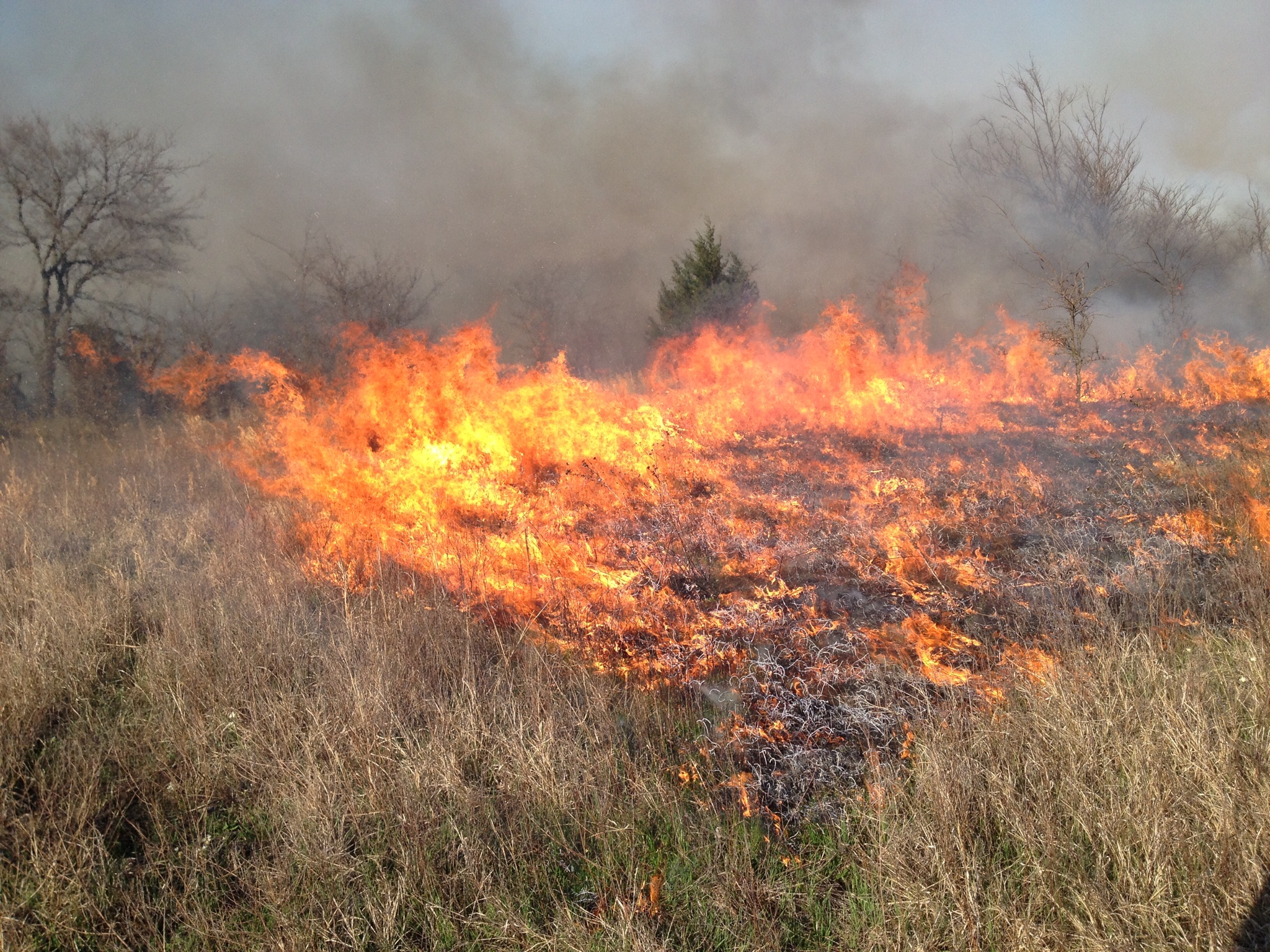How Often Should You Conduct Prescribed Burns?
https://www.noble.org/news/publicat...to-conduct-prescribed-burns/?utm_source=email
It is worth reading that article a couple of times to adsorb the information. You can think of this type of fire management as 'adaptive or flexible prescribed burning'. Under that context, one needs to consider ALL native plants not just the status of woody species....and weather patterns which the article addresses....not to mention other factors in a holistic context like labor, people, social and environmental concerns. The article does not address NWSG or forb needs in terms of fire return interval...and this is what we actually want for wildlife and what you should actually be monitoring! I have found that the fire interval favoring brush reduction may not be so adequate for vigor and biomass potential of NWSG.
I am not going to cover forbs again (did that a few pages back), because it is quite easy to do that simply with a couple 'boot toe transects' across the unit, counting forb abundance/diversity every 3-5 steps, and recording results on a note pad....DURING the growing season! Do that during turkey season while walking/scouting/hunting...and the birds are 'closed lipped'...weather is nice....enjoy the time!
For properties where there are no grazing livestock or areas where livestock can't/rarely access or where mowing cannot be employed (in other words, no disturbance other than fire to renew new plant growth is viable), one should monitor NWSG crowns late winter. Very timely to do this while you are prepping fire guards and need to take a water break! Now is ideal time, especially with above average warmth over most of the country which prompts early dormancy break of NWSG. Are you just looking at plot growth and not your NWSG?
Carefully peel the old senescent leaves and stems back from NWSG crowns and start looking for short new green shoots growing from the crown......these 1 or 2 leafed shoots will become new upright biomass for the upcoming growing season. Look at each NWSG species separately because each species has a different crown architecture and growth curve....and thus a different disturbance requirement/return interval. Consider the year of last fire and decide what fire return interval you need for your property under your conditions based on YOUR NWSG....and consider the specie of NWSG you want to promote! Make a visual count/estimate of the number of new tillers present vs the amount of old senescent tillers present! This ain't rocket science so don't make it out to be rocket science! If you have < 30% new tillers of total new and old tillers present in the NWSG crowns, then you will have < 30% of that species biomass potential for the upcoming growing season. If you have >50% new tillers of all new and old tillers present, then you should have normal biomass potential in the upcoming growing season. Remember, the highest biomass potential of NWSG occurs postfire where all senescent material was removed and the entire crown is exposed to sunlight and all shoots present are green.75% of yield (plant density and height) potential for the upcoming season will be determined by rainfall, soil water storage capacity and other factors related to 'site' during the growing season. The other 25% of yield come from growing conditions the prior year (mainly subsoil water status).
Why is this important?
For too long managers have focused on what we don't want (eg brush encroachment in rangeland). Rather than the health, density and vigor of plants we are trying to promote! Is it not the health, vigor, density, height and proper management of NWSG plants which actually suppress brush in rangeland long term? How are you going to suppress brush without having other more competitive native species to replace the space where brush resides? Is it not an issue of competition among native plant species for the resources of space, soil, water, sun and air? IF NWSG capture the lion share of available resources, won't we promote those NWSG over brush long term? Do you have more brush suppressing potential with <30% or >50% new tillers in the NWSG crown? These questions are what one should ponder when seeking the 'optimum' rangeland composition/health/management for his land....long term.
In rainfall zones >30" annual, the potential for woody species growth always exists...accept that excess rainfall favors brush. And accept that no herbicide has eradicated brush at landscape scale. In most cases, proper prescribed fire use retards brush prevalence in the long term. In the short and medium term, fire may promote more brush until dormant nodes on brush root crowns have been exhausted of stored energy and die. Herbicide treatment of woody species can reduce brush density short and medium term, but not long term because of rainfall amount and climate which favor brush. The function of a woody specie root crown is to store energy for growth of new/existing sprouts/stems. Only when that energy store/flow is diverted to NWSG, will brush abundance be reduced to favor NWSG....long term.
Remember, when you wipe the soil surface clean with fire, ALL plants both new (from seed or rhizome) and existing perennial have equal opportunity for use of soil, water, light and air. The initial flush of short term new growth is tremendous both in terms of diversity, biomass and wildlife habitat potential. But the medium term outcome shifts according to competition among plant types for available resources and animal density effects on plant prevalence/persistence. The long term outcome of the landscape therein depends upon the amount of species present (NWSG vs brush) mid term, the flow of energy through the entire system, and species persistence during stress which management, climate and animal desnity create!
Unless you count new vs suppressed stump sprouts post fire, then you will never know brush reduction status with prescribed fire......that is easy enough to monitor while you are taking a water break during post-fire timber thinning! Just don't spend undue time monitoring what you don't want (reductionist thinking). Spend more time monitoring and managing for the health/vigor/density/growth of species you want to promote and what you don't want will fade over time...long term! Evaluate the whole by monitoring all the parts!
+

















